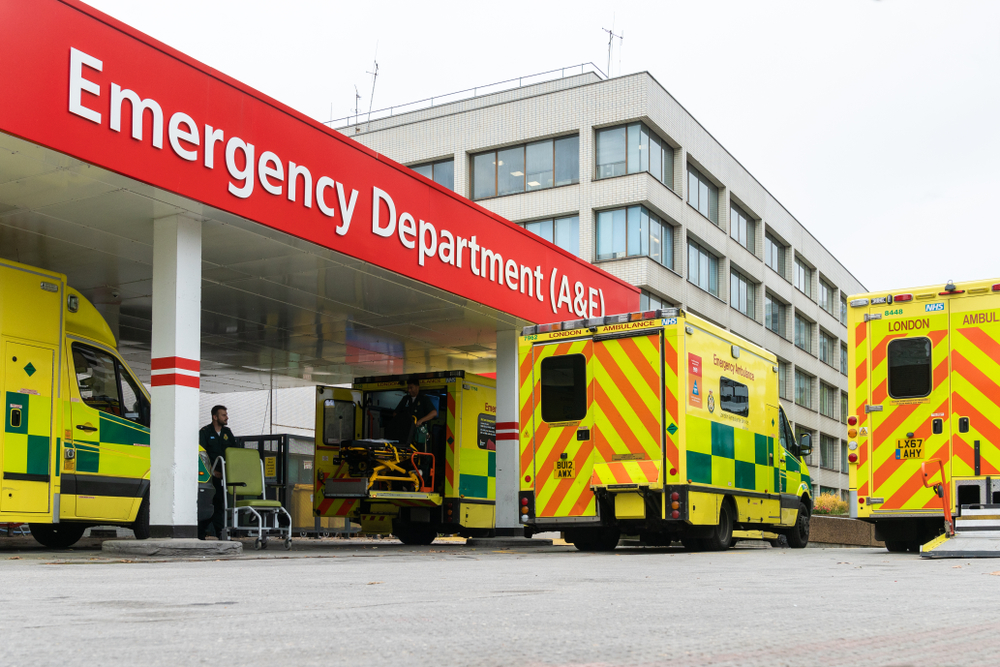Trusts driving progress on patient flow through collaboration and innovation

New report from NHS Providers features practical approaches taken by trusts and partners to improve patient flow and quality of care.
NHS trusts are driving significant improvements to patient flow through in the face of significant system pressures, a new report by NHS Providers has found. Providers Deliver: Patient flow presents a series of case studies where trusts across the acute, community, mental health and ambulance sectors have developed effective approaches to improve patient flow in the face of unparalleled system pressures, including unprecedented workforce shortages, rises in poor health and in complex conditions, and a lack of funding.
These types of approaches will be central to plans to recover core performance standards across the whole health and care system. The report sets out the wider context behind obstacles to patient flow that cause delays, and argues that work to address them requires a joined-up approach based on close partnerships between different types of providers.
Key themes that have emerged from the case studies include:
- Admission avoidance – delivering more out of hospital procedures and walk-in (ambulatory) care to reduce unnecessary admissions, freeing up hospital capacity for those who need it.
- Care at home – virtual wards, remote monitoring of patients and developing the mental health and community care workforce.
- Working to improve health as well as treating illness.
- Collaborative working with other providers.
- Leadership that protects and promotes the autonomy of clinical staff.
The report includes a contribution from NHS England’s national director of urgent and emergency care and deputy chief operating officer, Sarah-Jane Marsh, who wrote: “It will take strong partnerships between acute, community and mental health providers, primary care, social care and the voluntary sector, to ensure a system that provides more, and better, care in people’s homes; gets ambulances to people more quickly when they need them, sees people faster when they go to hospital and helps people safely leave hospital having received the care they need.”
In a foreword for the report, the Chief Executive of NHS Providers, Sir Julian Hartley, said: “All too often attention is drawn exclusively to headline waiting times in urgent and emergency care, but we know the drivers of long waits and delays are extremely complex with no one, single solution.
“The case studies in this report show how trusts are working collaboratively to prevent avoidable admissions, manage demand more effectively, build additional capacity sustainably, use technology to deliver more care outside of a hospital setting and deliver real improvements in the health of the populations they serve.
“In the most challenging of circumstances trusts have shown great resilience and innovation. As the NHS works towards sustainable recovery from the pandemic and to reduce waiting times for core services, it is clear a preventative, whole-system approach will be key and that trusts are well positioned to deliver.”